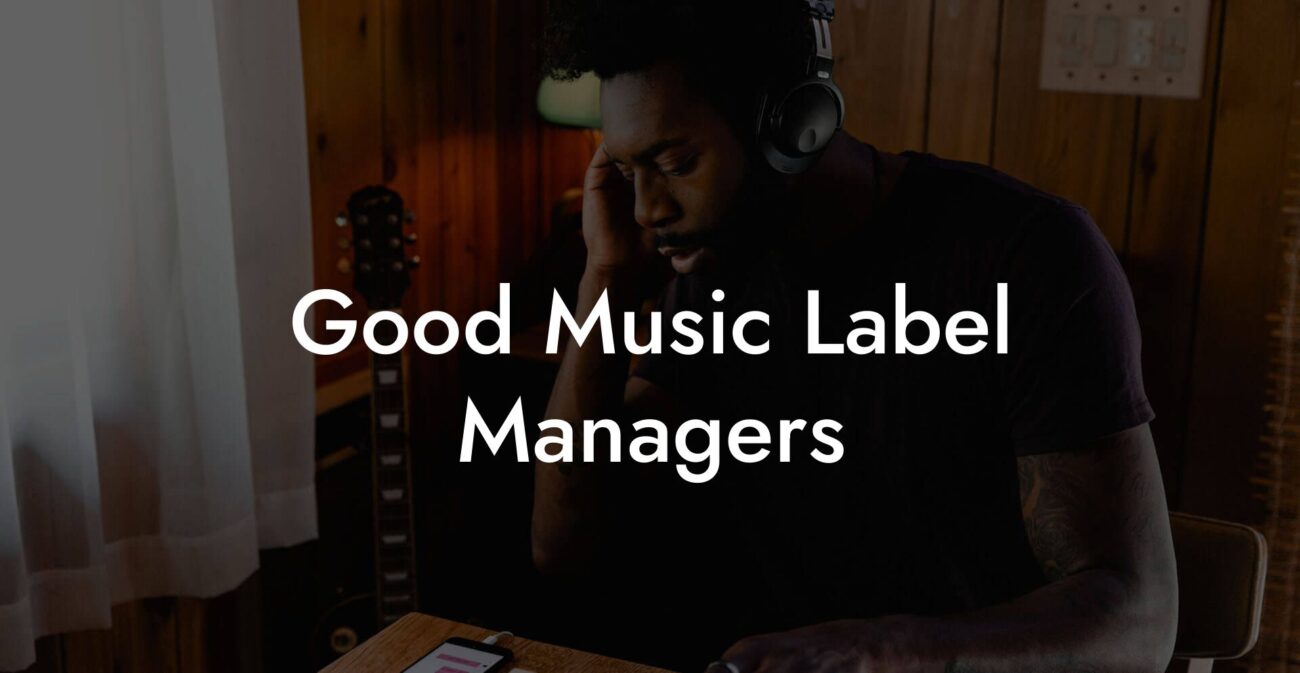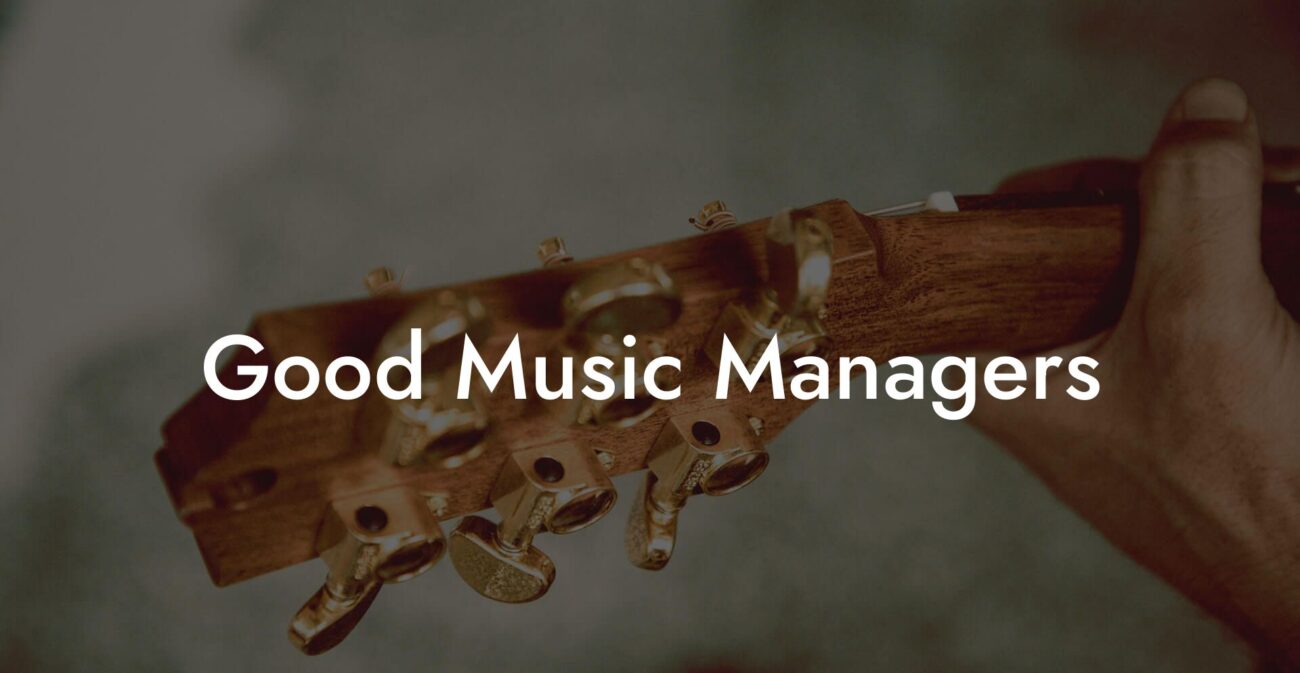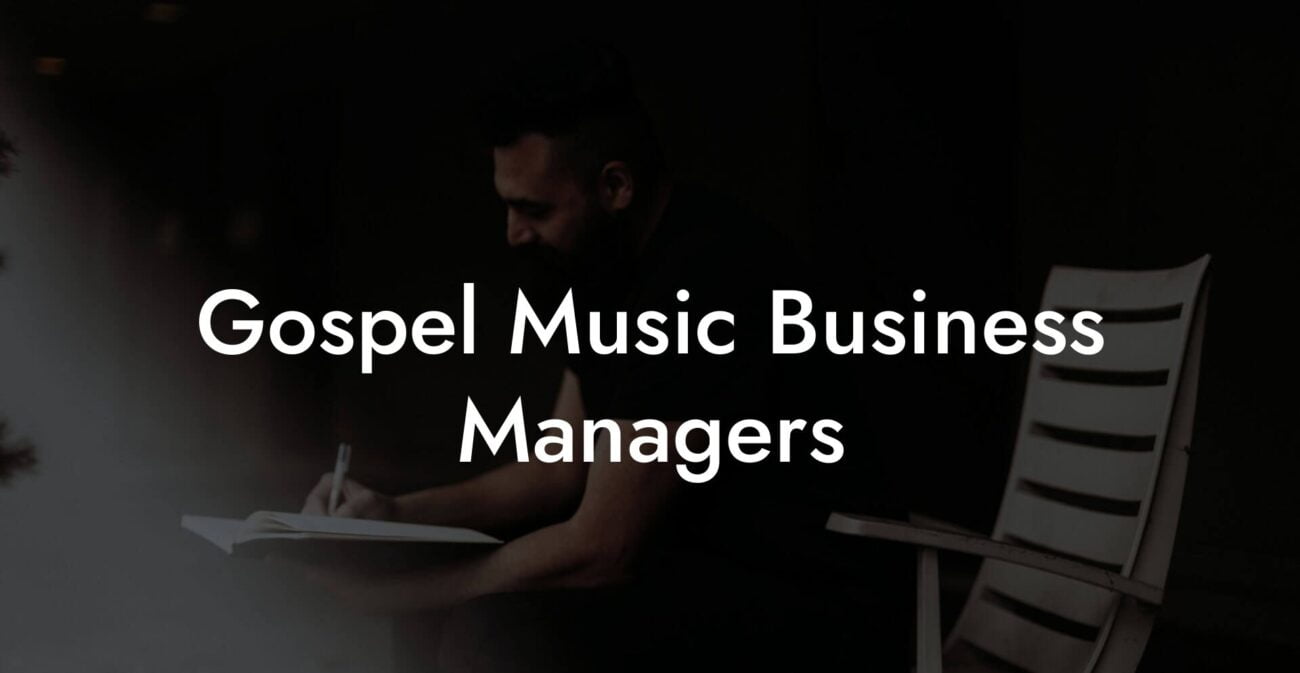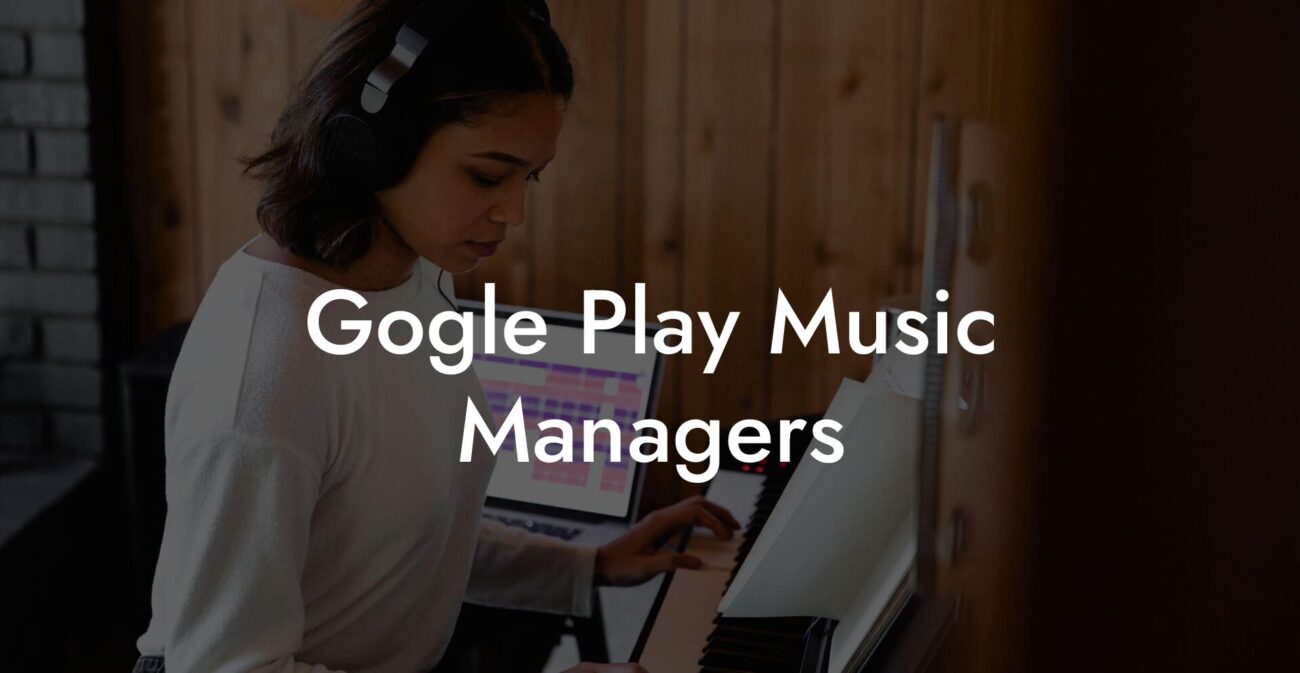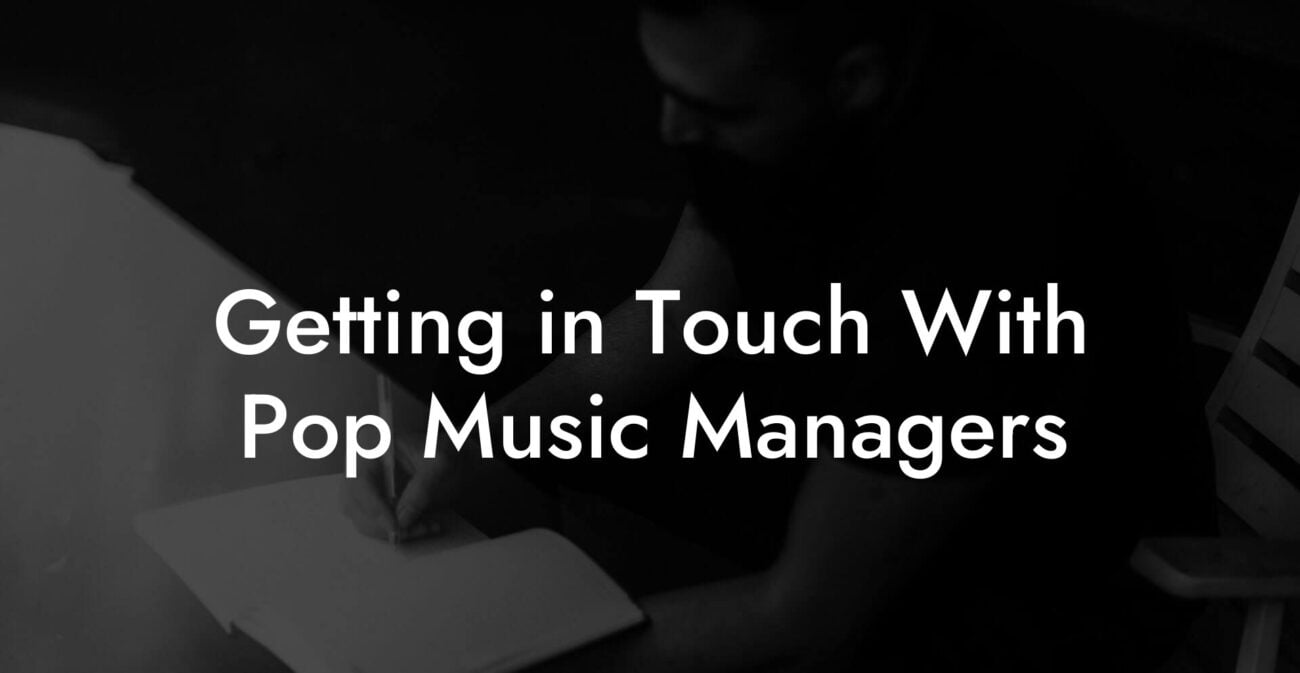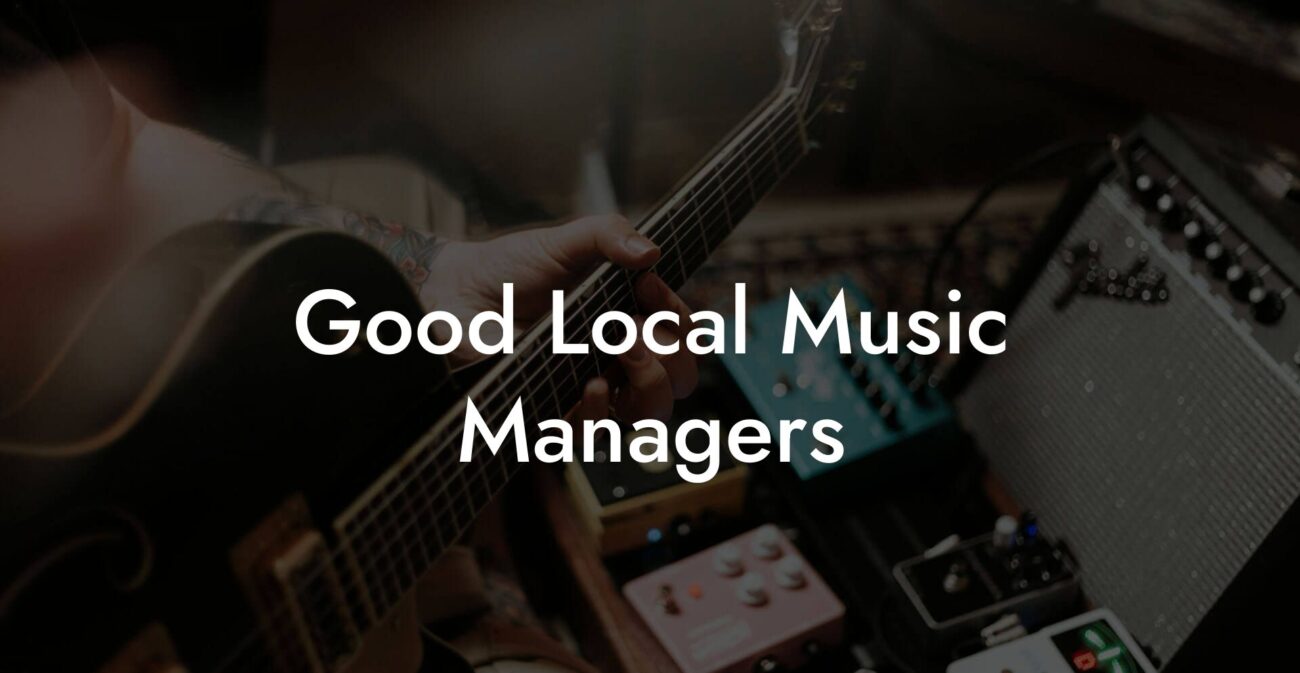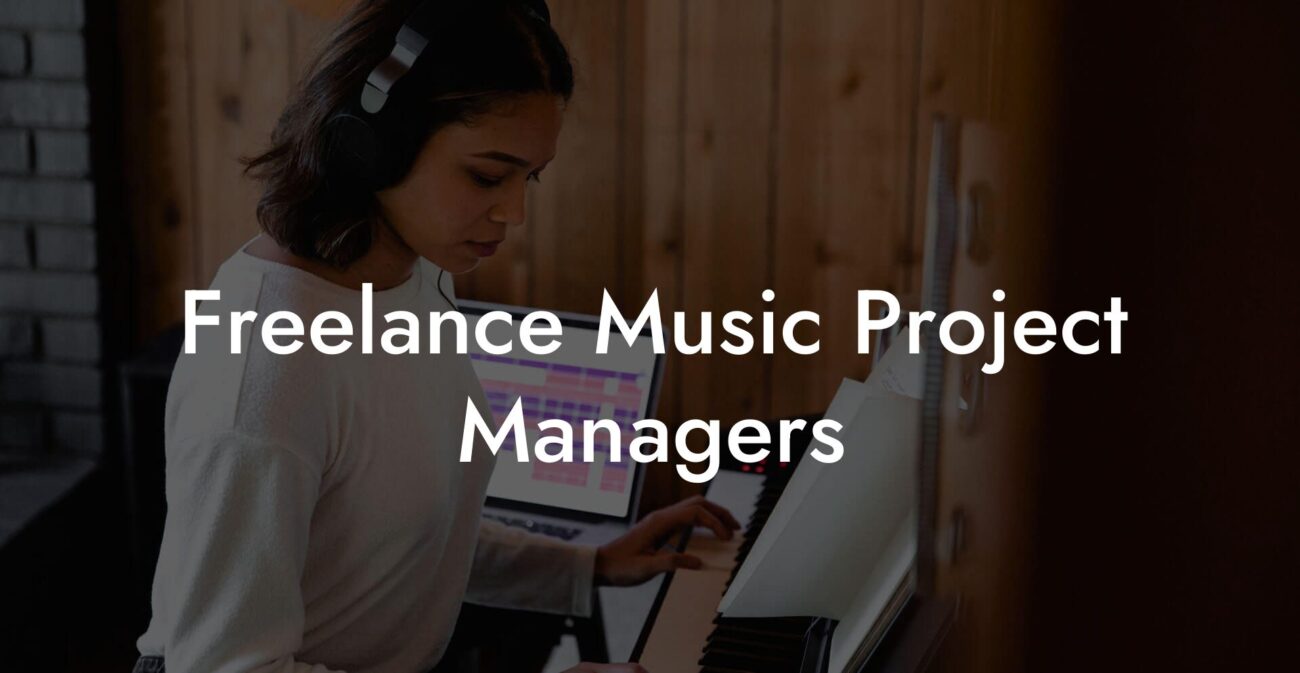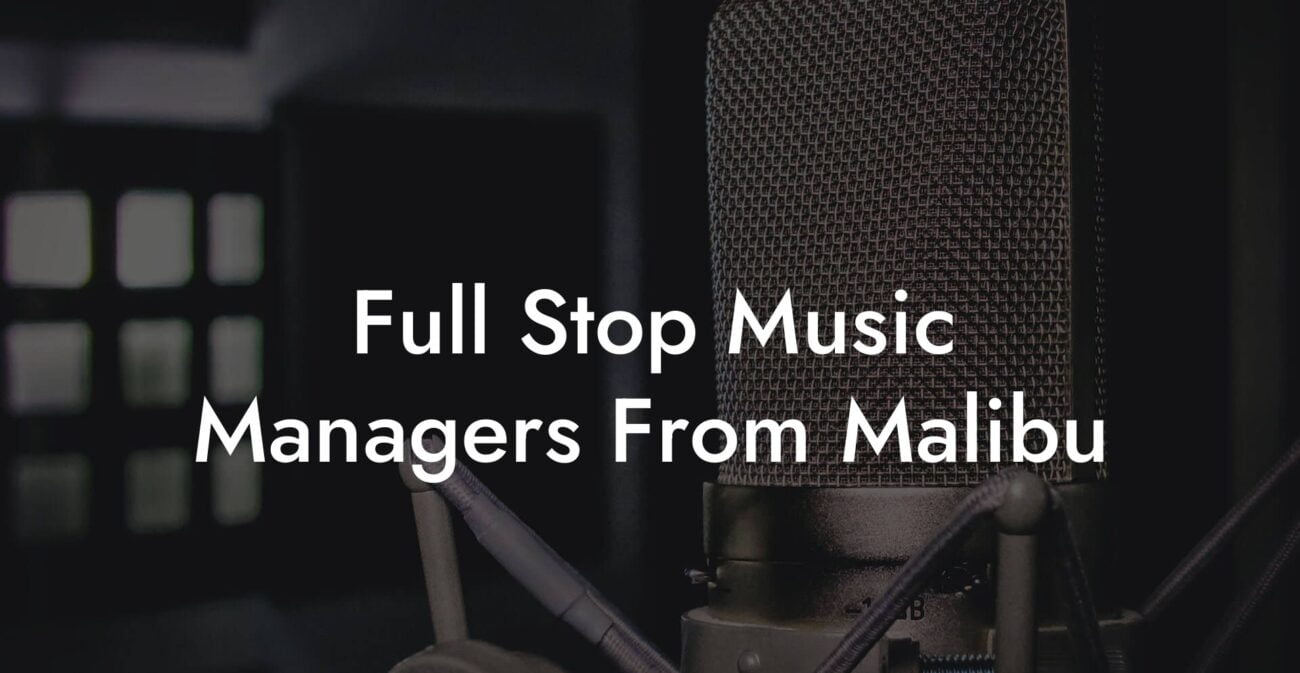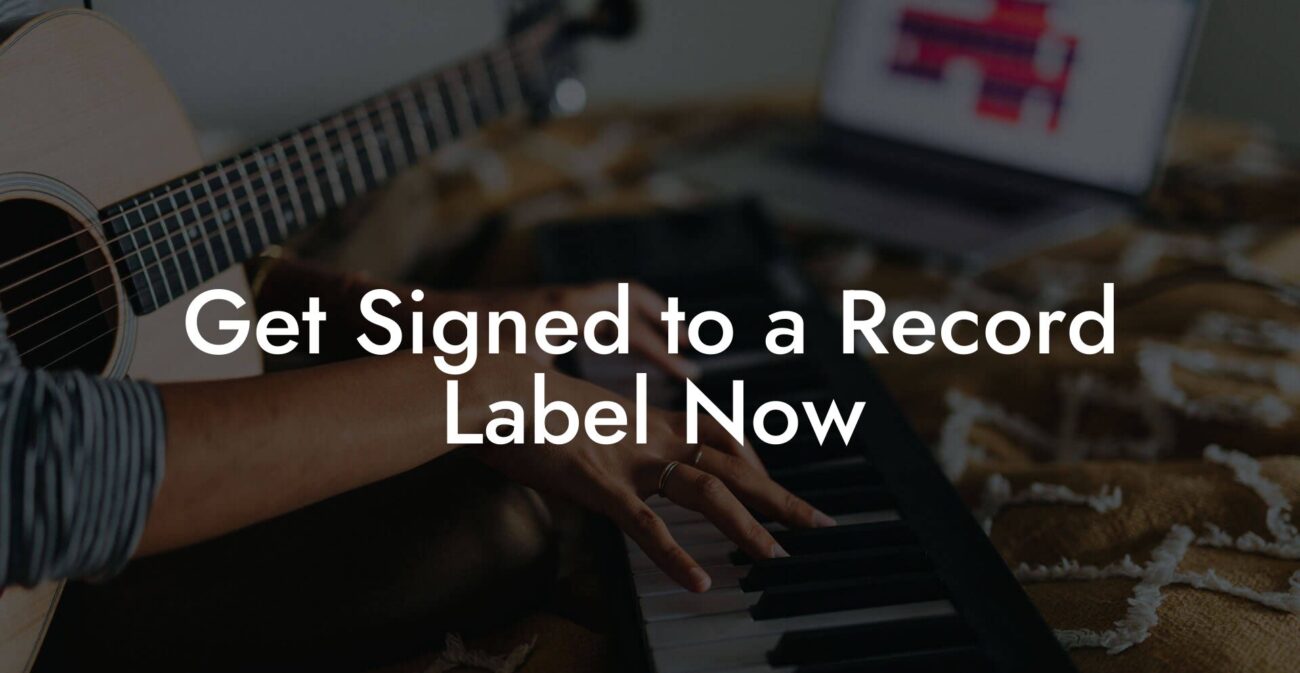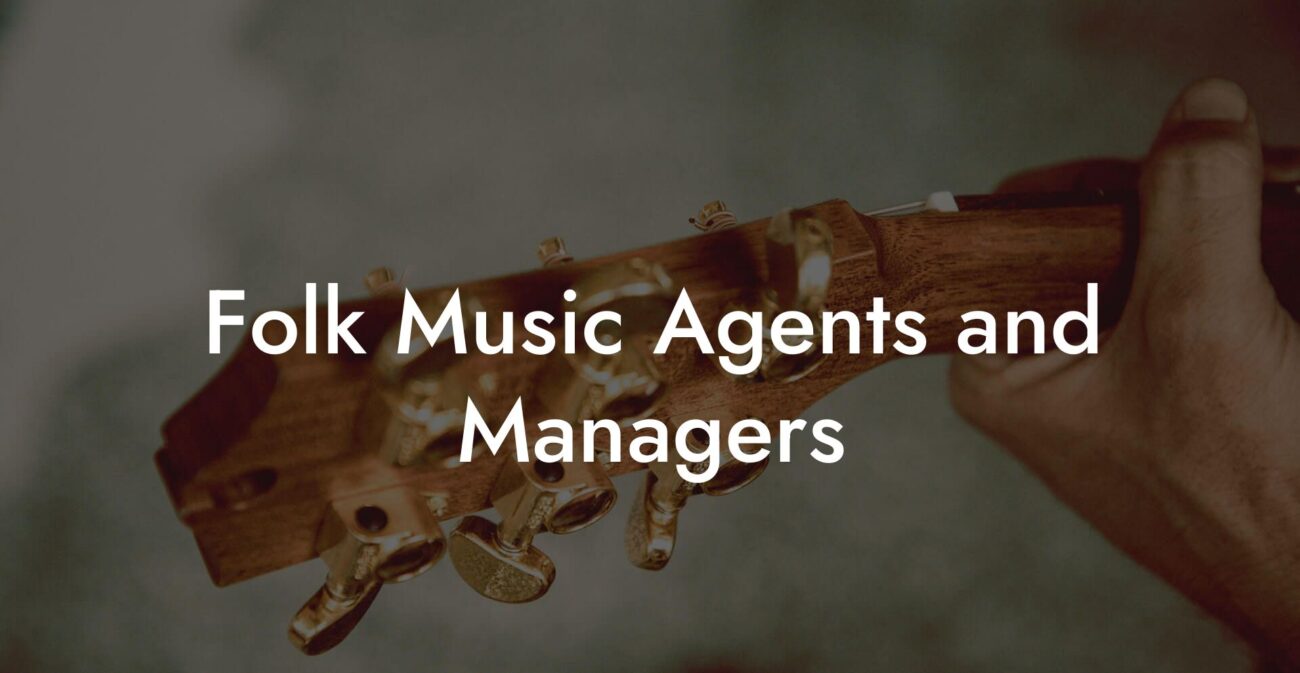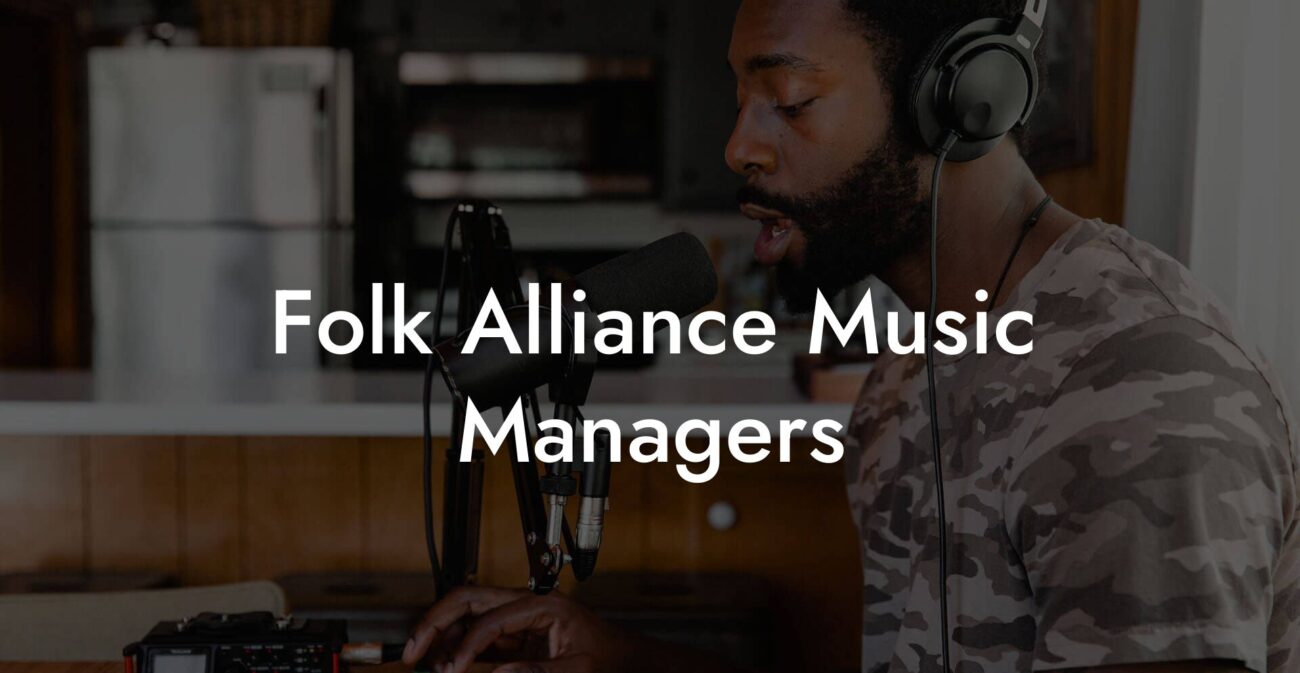Songwriting Advice
How To Write A Good Love Song
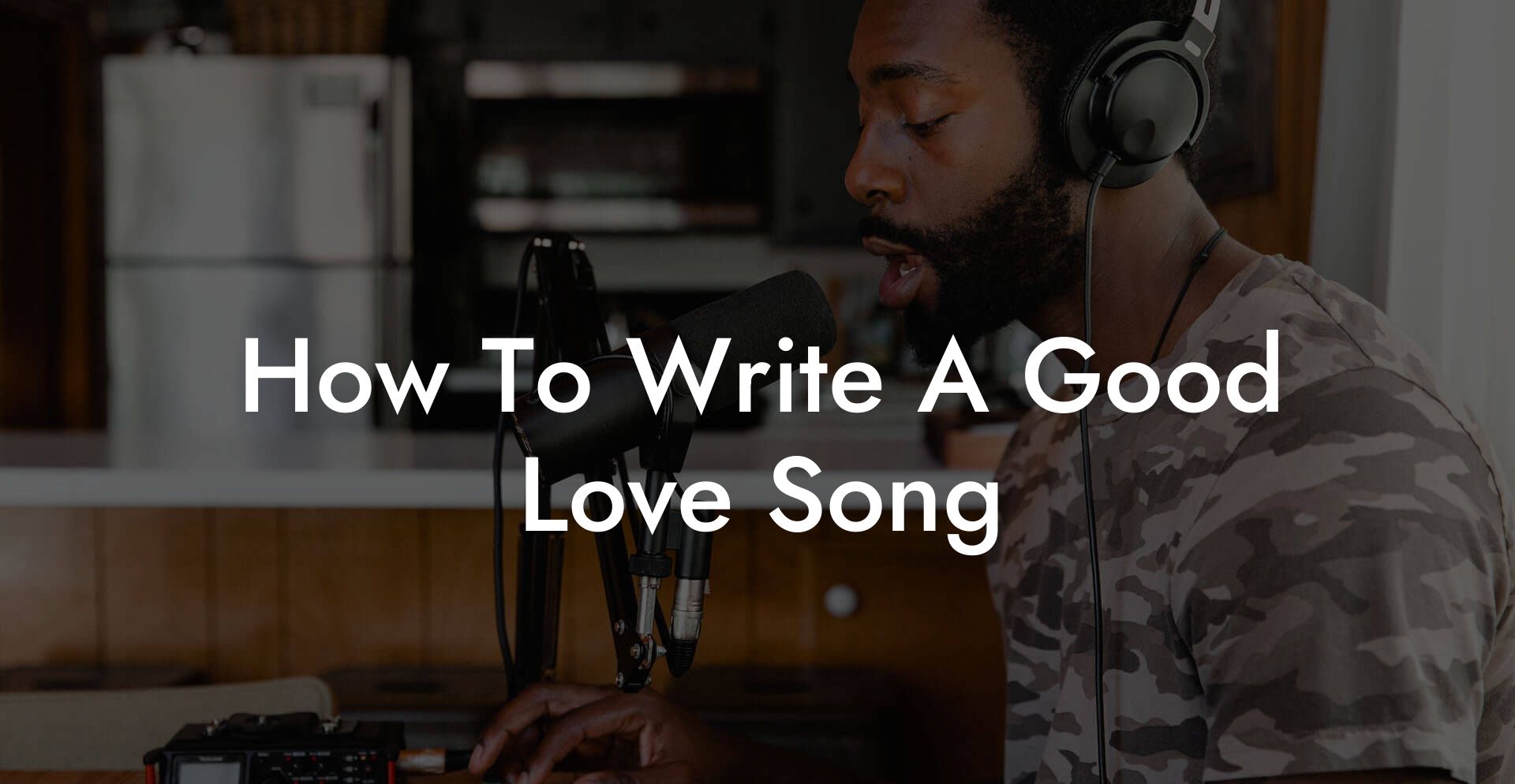
You want someone to press play and feel their chest rearrange itself. You want the lyrics to be honest without being cloying. You want a melody that a friend will hum in line at the coffee shop. This guide is a no nonsense playbook for songwriters who care about real emotion and smart craft. It is practical, a little ruthless, and full of examples you can steal right now.
Quick Interruption: Ever wondered how huge artists end up fighting for their own songs? The answer is in the fine print. Learn the lines that protect you. Own your masters. Keep royalties. Keep playing shows without moving back in with Mom. Find out more →
Quick Interruption: Ever wondered how huge artists end up fighting for their own songs? The answer is in the fine print. Learn the lines that protect you. Own your masters. Keep royalties. Keep playing shows without moving back in with Mom. Find out more →
Quick Links to Useful Sections
- What Makes A Love Song Work
- Define Your Emotional Promise
- Pick Your Point Of View
- Choose A Structure That Carries Feeling
- Structure A Verse Pre Chorus Chorus Verse Pre Chorus Chorus Bridge Chorus
- Structure B Verse Chorus Verse Chorus Post Chorus Bridge Chorus
- Structure C Intro Hook Verse Chorus Verse Chorus Break Chorus
- Write A Chorus People Can Text Back
- Write Verses That Show Not Tell
- Prosody And Why It Will Save Your Song
- Melody And Topline Techniques
- Vowel pass
- Rhythm mapping
- Title anchoring
- Melody diagnostics
- Harmony And Chord Choices For Romantic Mood
- Arrangement And Production To Make A Love Song Intimate
- Vocal Delivery That Sells The Line
- Lyric Devices That Punch Above Their Weight
- Ring phrase
- Camera detail
- List escalation
- Callback
- Before And After Lines You Can Use
- Writing Drills And Prompts To Break Writer Block
- Real World Templates For Common Love Song Types
- First crush
- Long distance
- Apology and repair
- Breakup with love
- Slow burn commitment
- Common Mistakes And Easy Fixes
- Finish The Song With A Practical Workflow
- How To Know When The Song Is Done
- Love Song FAQ
Everything here is written for millennial and Gen Z artists who want results. We will cover emotional focus, structure choices, lyric tricks that do the heavy lifting, melody building, chord choices, production ideas for intimacy, vocal performance tips, and a finish plan that gets songs ready for a demo or a full production. We will also give examples for common real life scenarios like first crush, long distance, messy breakup, apology, and slow burn commitment. No fluff. Only heart.
What Makes A Love Song Work
A great love song is not just about saying I love you in prettier words. A great love song is a miniature emotional movie. It gives the listener a small slice of life that feels universal and personal at the same time. Here are the pillars you must nail.
- One clear emotional promise stated in plain speech. Your song should feel like it is keeping a single promise. If your chorus says I will wait for you forever and your verses read like a travel log, the song will wobble.
- Specific details that create a scene. People connect to objects, times, and textures. A cheap line that could apply to anyone will be forgettable. A small detail that only you noticed will feel true.
- Memorable melodic gesture that your listener can hum after one play.
- Prosody where natural word stress meets musical stress. Speak your line out loud before you sing it. If the natural stress does not match the beat you will feel friction.
- Contrast and release so the song breathes. Let the verse sit and the chorus open. Use quiet sections to make loud sections land harder.
- Performance truth where the vocal sells the moment as if you are talking to one person.
Define Your Emotional Promise
Before you write chords or rhyme words, write one honest line that states the whole feeling of the song. Call this your emotional promise. Make it a text you could actually send someone. No poetic gymnastics. No metaphors yet. Just the heart of the thing.
Examples of emotional promises
- I miss you so much it hurts but I am trying to be strong.
- I see the future with you and it scares me in a good way.
- We keep missing each other but I still want the next chance.
- I want to apologize and mean it this time.
- I like you more than I said and I am tired of hiding it.
Turn that line into a short title. Titles work best when they are simple and singable. If your emotional promise can be shouted out of a car window, you have something to work with.
Pick Your Point Of View
Love songs use perspective like a camera. Choosing the right perspective determines how close the listener feels.
- First person I makes it confessional. It is intimate and risky. Example I kept your sweater because it smells like home.
- Second person you addresses the other directly. This feels conversational and immediate. Example You left the light on again and I still came back.
- We creates a shared story and can feel inclusive. Example We learned to dance in the kitchen at midnight.
- Third person observer can be cinematic. It creates distance and can tell a story without owning the emotion. Example She leaves notes in his coat pockets.
Real life scenario
If you are writing to your lover across a text thread, use second person. If you are staging an apology, use first person so the guilt and repair land. If you are writing about a couple you watch from a subway bench, use third person and build scenes around them.
Choose A Structure That Carries Feeling
Structure is your emotional scaffolding. Love songs benefit from clarity. Here are three reliable structures you can steal and adapt for different tones.
Structure A Verse Pre Chorus Chorus Verse Pre Chorus Chorus Bridge Chorus
This is classic, safe, and effective. Use it if you want to develop a story and then resolve it emotionally in the chorus. The pre chorus is the pressure valve that makes the chorus feel earned.
Structure B Verse Chorus Verse Chorus Post Chorus Bridge Chorus
Use this when you want the hook to hit early. A post chorus is useful when the emotional phrase deserves a chant or a repeated tag that anchors the song.
Structure C Intro Hook Verse Chorus Verse Chorus Break Chorus
This works well for cinematic or dramatic love songs. The intro hook can be a small vocal or instrumental motif that returns like a memory. The break can be quiet and raw before the final emotional release.
Write A Chorus People Can Text Back
The chorus is the song thesis. It should answer the emotional question your verses raise. Keep it short and clear. Aim for a strong vowel and a singable rhythm.
Chorus recipe
- Say your emotional promise in one line.
- Repeat or paraphrase it once for emphasis.
- Add a small consequence or image in the final line to give a lift.
Example chorus drafts
Title I still wait
I still wait, I still wait when midnight comes. The city sleeps but I keep checking my phone.
Title Keep The Light
Keep the light on for me, keep the light on in the hall. I will follow any glow that leads me back to you.
Make the title land on a strong beat or a long note. If the title is the emotional promise place it on a note that lets the listener sing along without reading the lyric sheet.
Write Verses That Show Not Tell
If the chorus states the thesis, the verses must create scenes that justify the thesis. Use objects, actions, and small moments of detail.
Before and after examples
Before: I miss you every night.
After: I sleep with your jacket on and even the zipper remembers your laugh.
Before: You are the love of my life.
After: You fold maps into heart shapes and every route home begins at your name.
Replace vague feelings like longing and emptiness with a camera shot. Imagine what a director would film. The details sell the emotion and make the listener feel like they are in the room.
Prosody And Why It Will Save Your Song
Prosody is the match between natural speech stress and musical emphasis. If a stressed syllable in the sentence lands on a weak musical beat you will feel something is off even if you cannot explain it.
How to prosody check
- Speak the line at normal speed and mark the stressed words.
- Sing the line and note where the stress falls in the bar.
- If a strong spoken stress hits a weak note move the word, change the rhythm, or pick a different word.
Relatable example
Imagine the line I love you more than sleep. Spoken stress falls on love and more. If your melody puts love on a quick off beat the line will feel like it is rushing. Move love onto a held note and the statement lands like a weight.
Melody And Topline Techniques
Topline is a songwriting term that means the vocal melody and lyric combined. Producers often create a beat and then a topline writer writes the melody and the words. For love songs the topline must be both singable and conversational.
Vowel pass
Sing on open vowels like ah, oh, and ay over a simple chord loop for two minutes. Record everything. Do not think about words. Circle the melodic gestures that you want to repeat. These gestures are the seed of your chorus.
Rhythm mapping
Clap the rhythm that feels natural to your best melodic line. Count the syllables that fall on the strong beats. This is your lyric grid. If your natural speech has more syllables than the grid shorten the language. Keep it conversational.
Title anchoring
Place your title on the most singable note of the chorus. Surround it with words that set up meaning but do not steal the spotlight. If your title is I will come, make come the biggest note.
Melody diagnostics
- If the chorus does not feel like a lift move it a third higher than the verse.
- Use a leap into the title and follow with stepwise motion to land. Listeners love a leap then steps.
- If the verse is busy keep the chorus rhythm wider and more open.
Harmony And Chord Choices For Romantic Mood
Chord choices set the emotional color. Love songs often live on simple progressions. Simplicity makes the melody and lyric the focus.
- Major warmth gives a hopeful radiant feeling. Use it for songs about commitment, confession, and joy.
- Minor intimacy feels confessional and introspective. Use it for longing, apology, and quiet nights.
- Modal mixture borrowing a single chord from the parallel mode can create a beautiful lift into a chorus. For example borrowing a major chord in a minor verse can feel like dawn.
- Pedal tone a sustained bass under changing chords can feel like a heartbeat and create a sense of steady presence.
Real life tip
If you are not confident with complex harmony use a two or four chord loop. Focus the emotional shape in the melody and the production. A single tiny harmonic twist in the final chorus can feel like a revelation.
Arrangement And Production To Make A Love Song Intimate
Arrangement tells the listener where to lean. For love songs you often want to create space. Less can feel more.
- Start small with an intimate instrument like a finger picked guitar, a sparse piano, or a breathy synth pad. Let the voice feel like it is sitting in the room with the listener.
- Build slowly add bass or percussion on the pre chorus to raise tension. Let the chorus open wide with harmonies and a pad that wraps around the vocal.
- Use silence a single beat of space before the chorus or a pause after a line can feel like a held breath. Silence is a device that makes words mean more.
- Signature sound add one small audio motif that appears in key places. A tiny guitar riff a bell a vocal hum can become the song character.
Vocal Delivery That Sells The Line
How you sing will determine whether the words feel real. Sing like you are speaking to someone across a kitchen table. Keep vowels clear. Use breathy textures where honesty matters. Save dramatic belts for moments where the song asks for big feeling.
Practical mic tips
- Record one intimate pass where you treat the microphone like a friend.
- Record one larger pass for the chorus with more vowel support and a small push of chest voice.
- Double the chorus lead for warmth. Add a subtle harmony a third above or below on the final chorus for lift.
Lyric Devices That Punch Above Their Weight
Ring phrase
Return to the same short phrase at the start and end of the chorus. It creates a memory loop for the listener.
Camera detail
Describe a small scene rather than naming the emotion. Camera details are objects time crumbs and sensory notes.
List escalation
Give three images that increase in intensity. Save the most revealing one for last.
Callback
Bring a line from verse one back in verse two with a small word change. The listener senses narrative movement as if the story is alive.
Before And After Lines You Can Use
Theme confession late at night
Before: I think about you a lot.
After: I know the shape of your laughter in the dark I can draw it with my eyes closed.
Theme apology
Before: I am sorry for what I said.
After: I left the kettle on and your coffee went cold. The house will not forgive me but I will learn to make it warm again.
Theme long distance
Before: I miss you across the miles.
After: Your voice is my alarm at three in the morning it is the small bright thing that keeps me moving.
Writing Drills And Prompts To Break Writer Block
Speed helps. Use these timed drills to force honest specifics and to produce usable lines fast.
- Text thread drill write a mini song as if it is a text conversation. Keep it under ten lines. Time five minutes.
- Object drill pick one object in the room and make it the emotional anchor in four lines. Ten minutes.
- Photo pass scroll your camera roll. Pick a photo. Describe the moment in three sensory lines. Five minutes.
- Letter exercise write a one paragraph letter titled I need to tell you this. Use the raw letter as verse material. Fifteen minutes.
Real World Templates For Common Love Song Types
First crush
Emotional promise I am terrified and excited to talk to you. Title Could Be Your Name or Smile. Use short camera details like the way your coffee cup trembles. Keep the chorus hopeful and bright. Melody should be light and bouncy.
Long distance
Emotional promise I carry you between time zones. Title Could Be Midnight Call or My Phone Rings. Use details like time stamps and late night snacks. Use a chorus that repeats a sonic hook to mimic routine and memory.
Apology and repair
Emotional promise I broke this and I will fix it. Title Could Be I Will Learn or Leave The Light. Be specific about the offense and the repair. A small act can show change. The bridge can be the moment of raw admission before the final chorus of commitment.
Breakup with love
Emotional promise I love you but we cannot make it work. Title Could Be Still Yours or Not Enough. Use bittersweet images like a shared playlist or a shirt left behind. Let chorus be both tender and inevitable.
Slow burn commitment
Emotional promise I choose you every day. Title Could Be I Choose You. Use domestic tiny rituals like buying groceries or making tea. Keep the arrangement warm and steady like a heartbeat.
Common Mistakes And Easy Fixes
- Too many ideas. Fix by choosing one emotional promise and making all details orbit it.
- Vague generalities. Fix by replacing feeling words with objects actions and times.
- Chorus that does not lift. Fix by moving the chorus range up or widening the rhythm and simplifying the language.
- Awkward prosody. Fix by speaking the line and aligning stressed words with strong beats.
- Too much drama in every line. Fix by choosing two high moments and letting the rest breathe.
Finish The Song With A Practical Workflow
- Lock your emotional promise and turn it into a short title.
- Pick a structure and time where the first chorus will appear. Aim for the hook inside the first minute.
- Make a basic loop and do a vowel pass to find the topline gestures.
- Write the chorus first then build verses that justify the chorus with details.
- Run the prosody check and the crime scene edit. Replace abstracts with tangibles.
- Record a simple demo with intimate vocal and minimal arrangement.
- Play it for two trusted friends and ask one question what line stuck with you. Make only the edits that increase clarity.
How To Know When The Song Is Done
A song is done when three things are true. The chorus says the emotional promise without explanation. Each verse adds a new detail or a new camera angle. The track has a clear sonic identity that supports the lyric. If you can answer those three items yes you can stop changing things and send the demo.
Love Song FAQ
How do I start if I have no melody idea
Begin with a two chord loop and sing nonsense vowels for a few minutes. Capture the gestures you like. Pick the strongest one and place your emotional promise on it. Words will follow where the melody gives space.
What if my lyrics feel cheesy
Cheesy happens when lines are vague or over sentimental. Replace general statements with a single camera detail. Trade lines like I miss you for something like the spoon with your lipstick stain in the sink.
How long should a love song be
Most modern love songs sit between two and four minutes. Focus on emotional movement not runtime. If the emotional payoff happens early you can repeat smartly. If the song repeats without new angle shorter is better.
Can I write a love song about myself
Yes. Self love songs are resonant when they are honest. Use the same tools. Choose a clear promise about growth or acceptance and build scenes that show the change.
How do I make a love song stand out
Stand out by adding one specific original detail and one sonic signature. A single surprising image in a chorus or an unexpected instrument can make a song feel fresh without losing heart.

